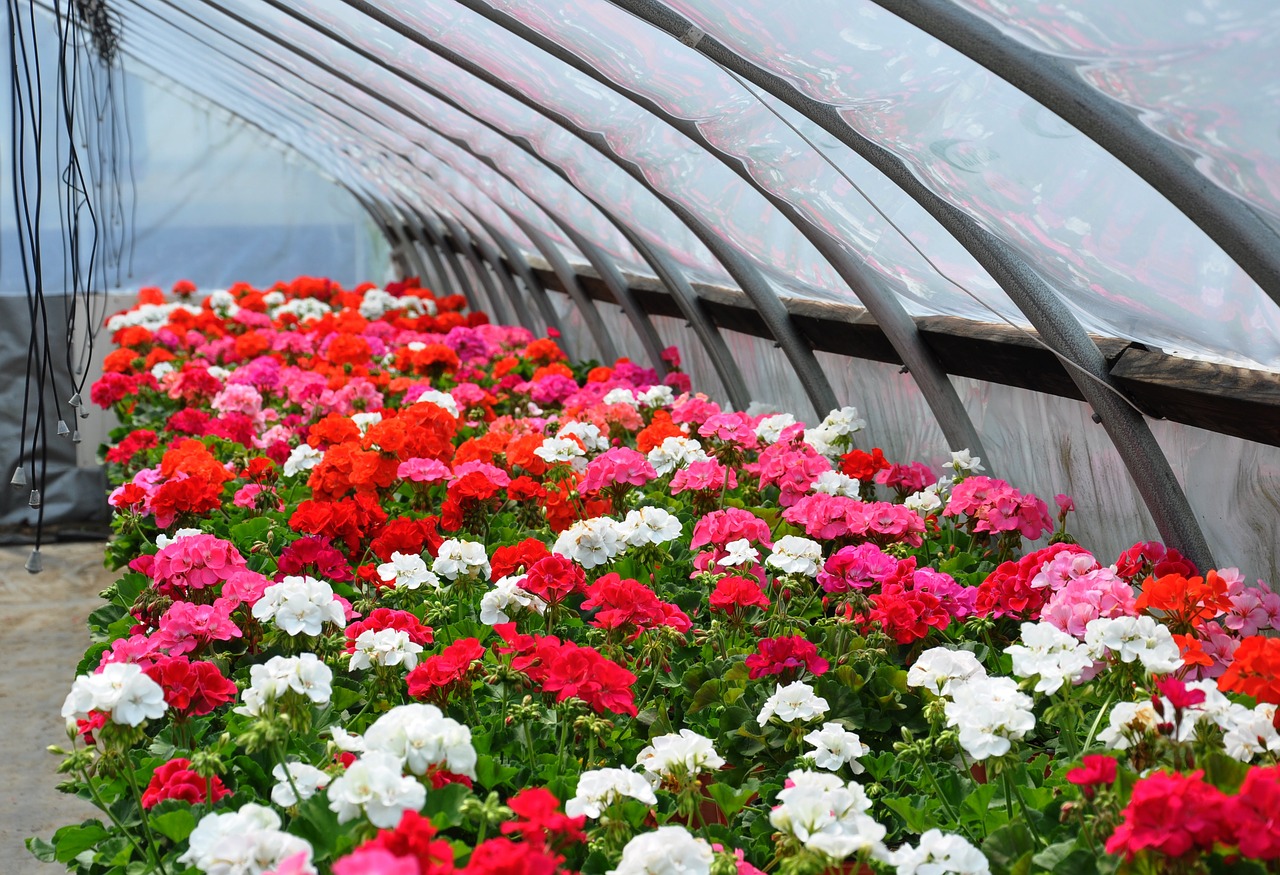If you wonder how will the rate of photosynthesis be affected while growing in a greenhouse, there isn’t a significant drawback. This is because gardeners can manipulate the conditions inside the greenhouse, including the limiting factors. The greenhouse will only hinder the rate of photosynthesis if you fail to check the carbon dioxide, water, and light intensity.
Photosynthesis is a vital process for plants to make their food. Failure to do so in the greenhouse will affect their productivity and health. Therefore, you must understand the limiting factors and how you can ensure the proper photosynthesis rate inside the greenhouse.

How Will The Rate Of Photosynthesis Be Affected While Growing In A Greenhouse And How To Overcome Limiting Factors
What is the rate of photosynthesis?
One can define the rate of photosynthesis as the capacity of plants to conduct this process. According to the Royal Society of Chemistry, the limiting factors will affect this rate. Keeping this information in mind, even just having one limiting factor, will cause problems in photosynthesis.
What are the limiting factors and how to overcome them in the greenhouse
The limiting factors refer to the concentration of carbon dioxide, availability of water, and light intensity. You will also read later that even the temperature is influential to the photosynthesis rate because of the enzymes in the process. Therefore, it’s worth noting that the pace will be slower if the greenhouse temperatures are also low.
Keep the following factors in mind because even if only one of them is short in the greenhouse, the effects of the other factors will be ineffective.
Carbon dioxide
In the greenhouse, you want to maintain the concentration of carbon dioxide at 0.1%. Going above this percentage makes the cell pH acidic, which can be toxic, so you must avoid it. Greenhouse growers have many options to increase the carbon dioxide concentration either by using paraffin heaters for smaller greenhouses and carbon dioxide wastes for larger greenhouses.
Some growers also use fungi in bags around the greenhouse, or if you have the budget, you can use liquid carbon dioxide running on pipes. However, note that carbon dioxide supplementation is ineffective if the greenhouse temperature is high, causing a decline in photosynthesis. You might also be aware that greenhouse gas emissions raise the carbon dioxide in the atmosphere, but it’s still a limiting factor because this concentration is low for photosynthesis.
Water
We all know that water is essential for your plant’s life in general. Not providing the optimal water requirements will affect photosynthesis, and you will experience a decline in yields. However, do note how water affects humidity, which, if it gets too high, you run the risk of fungal growth.
Light
One of the things that growers supplement in the greenhouse is the lighting system. It’s essential for the plants’ growth and productivity, primarily because of its role in photosynthesis. Sometimes, growers use paraffin lamps because it also helps produce carbon dioxide and heat alongside the illumination.
When you increase the light intensity in the greenhouse, it will also help with the growth of your plants. Supplemental lighting will also aid for photosynthesis to continue even without daylight. By choosing the proper color, you can even ensure that you’re providing the optimal wavelength for photosynthesis or lengthen the growing season.
Overall, always remember that the light intensity is directly proportional to the rate of photosynthesis.
Temperature
As mentioned previously, the temperature also plays a role in the rate of photosynthesis. The greenhouse will not support the process if it doesn’t meet the optimal temperatures for the crops. This is why growers use the heating or cooling systems to adjust the internal conditions accordingly.
While carbon dioxide and water are limiting factors for the rate of photosynthesis, enzymes control the chemical reactions for the production of glucose. Therefore, if the temperature is too high or too low, the rate of photosynthesis becomes limited. Too high and the enzymes get denatured, while too little, the molecular collisions will also get small.
Is the rate of photosynthesis affected while growing in a greenhouse?
The rate of photosynthesis is not affected negatively when you grow plants in the greenhouse. Instead, one of the most useful advantages that gardeners get from using a greenhouse is that you can control and maintain the conditions indoors. Therefore, the limiting factors previously discussed will only be limited if you fail to monitor the greenhouse.
If any of these factors get insufficient, it will affect plant growth and stop photosynthesis.
Conclusion
When growing plants and crops, we must check the conditions they’ll need to conduct photosynthesis. This raises the question of “how will the rate of photosynthesis be affected while growing in a greenhouse?” The excellent news is the cultivation of plants indoors will not affect the rate of photosynthesis negatively.
The only catch left for you is to consistently monitor and maintain the limiting factors such as carbon dioxide, water, light, and even temperature. Remember that the light intensity is directly correlated to the rate of photosynthesis. But this doesn’t mean that you can neglect the other factors since this will negate the presence of other factors.
